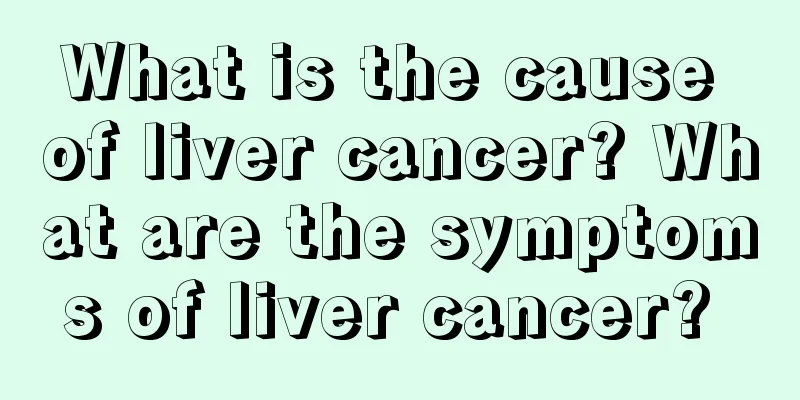What are the treatments for skin cancer?

|
Skin cancer refers to a malignant tumor that occurs on the epidermis of the skin. Skin cancer is more likely to occur on exposed parts of the body. The occurrence of skin cancer is related to long-term exposure to sunlight, X-rays and thermal radiation, and frequent contact with chemicals such as petroleum, asphalt, arsenic, and tar. The appropriate treatment is not only based on the histological type of skin cancer, but also on the anatomical site, patient age, sex, and general health. In terms of anatomical sites, attention should be paid to whether certain sites are prone to recurrence after surgery, and whether certain sites can achieve the expected effect of the treatment plan. For example, the orbital area, nose area, and ear area are areas with a high recurrence rate, so a treatment with a higher cure rate must be selected. Before surgical resection, the cosmetic appearance of the wound at the anatomical site and the function of the skin after resection should be considered. The general health of the patient should be considered comprehensively. If there is a coagulation disorder or anticoagulant therapy, non-bleeding treatment must be used. Cryotherapy, C02 laser, and radiotherapy can all be used. Elderly and weak female patients may not be able to tolerate long-term radiotherapy. Curettage and electrical desiccation can be used, or surgical complete resection can be used. Local treatment: mainly local application, local compress and local injection. Systemic treatment Indications: Systemic chemotherapy is required for squamous cell carcinoma that occurs on the basis of existing scars, squamous cell carcinoma at the junction of the skin and mucosa, patients with impaired immune function, and those with regional lymph node and distant metastasis. The above is some knowledge about the treatments for skin cancer that we have prepared for you today. We hope it will be helpful to you. If you have any other needs, you can also consult our online consulting experts. We are always here to answer your questions and give you more detailed guidance. Skin cancer: http://www..com.cn/zhongliu/pfa/ |
<<: What are the early symptoms of skin cancer?
>>: What should patients with colon cancer eat after surgery?
Recommend
Folk remedies for skin cancer treatment
The main characteristics of skin cancer are that ...
Dietary conditioning for patients with cervical cancer
Cervical cancer can be described as a "healt...
What are the Chinese patent medicines that can help stomach qi to move downward?
Gastritis or indigestion is a very common phenome...
What causes mouth foaming
A situation that many friends will encounter is b...
Treatment of kidney cancer
I believe everyone knows how many happy families ...
What are the symptoms of lung cancer bone metastasis? Pay attention to these conditions
The presence of bone metastasis in lung cancer in...
Benefits of exercising in the sun for bone cancer
What are the benefits of exercising in the sun fo...
What should I pay attention to when I just straighten my hair
If your hair is naturally curly, or has been dyed...
What are some good ways to treat vitiligo
Speaking of vitiligo, I believe most people think...
How to keep a mushroom head
Mushrooms are a food that everyone loves to eat i...
What daily health tips do you know?
There are many aspects to common sense of health ...
What is the cure rate of breast cancer
Breast cancer is a malignant tumor that occurs in...
How to treat facial paralysis caused by herpes?
Herpes is a common skin disease in clinical pract...
Cervical cancer vaccination
I believe many female friends know about the HPV ...
Where can I get relief from dizziness through massage
There are many patients with dizziness in life. W...









